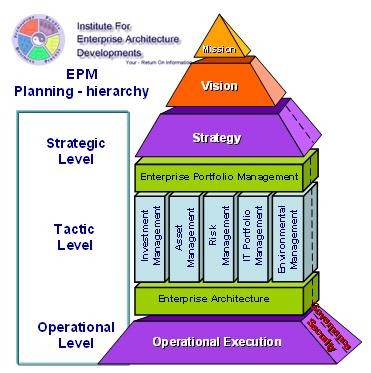Portfolio Management Strategy
Post on: 31 Март, 2015 No Comment

Portfolio management strategies are classified in two groups: active and passive. Active management refers to mutual funds and passive management concerns index funds.
Active Investment Strategies
Active management at present is considered the most dominating model for investment strategy. The main objective of active managers is to make a profit by acting better than they would do by simply accepting average market returns. They try to find information that they consider valuable.
The research on markets shows that they do not have perfect efficiency. They require certain period of time to react to new information and for the asset prices to be changed. In the end certain assets are not at their balanced value only short periods of time. Therefore, active investment strategy intends taking advantage of temporary market inefficiencies.
Here selecting securities that are going to be included in the portfolio is an essential point. The techniques of selection are based on the models of asset evaluation, determination of securities that should be bought or sold based on their upside or downside potential.
Active management is realized by applying a wide range of methods including fundamental or macroeconomic analysis and technical analysis, which main objective is to determine profitable future investment trends. Actively managed portfolios usually contain fewer securities since the careful research into each security takes significantly much time.
Active strategies are divided into the following three groups:
- Stock selection strategies
- Sector Rotation strategies
- Market Positioning strategies.
Passive Investment Strategies
The objective of passive investment management as compared to the active one is not forecasting security prices, distinguishing attractive securities from the unattractive ones, or market sectors.
Passive mangers invest in indexes or asset classes. Their aim naturally is again making money but in this case based on the average returns produced by different asset classes. They do not make use of the information that the active managers search out. Instead, they correlate assets on the basis of long-term historical data showing the probable asset class risks and returns, widely diversify within and across asset classes, and maintain correlations by regularly rebalancing asset classes. So passive management relies on the principle that financial markets are perfectly efficient, meaning that all the information is immediately integrated in the market and is liable to affect prices.
Index investing is impressive due to the below mentioned features:
- Low portfolio turnover because of less buy and sell transactions. This implies lower costs and fewer tax consequences.
- Simplicity in the diversification and asset allocation.
- Management quality due to the lack of human mistakes.
- Low expenses — Indexing is rather cheap relative to the active fund management.
Index or passive investment enables an investor to have a diversified portfolio. without having to carry out research on separate securities. Passive strategies, as compared to active strategies that concentrate on gaining returns out of market fluctuations, focus on the long term performance of a certain part of capital market. And the portfolio that is maintained is the passive one due to the lack of ability to predict.














